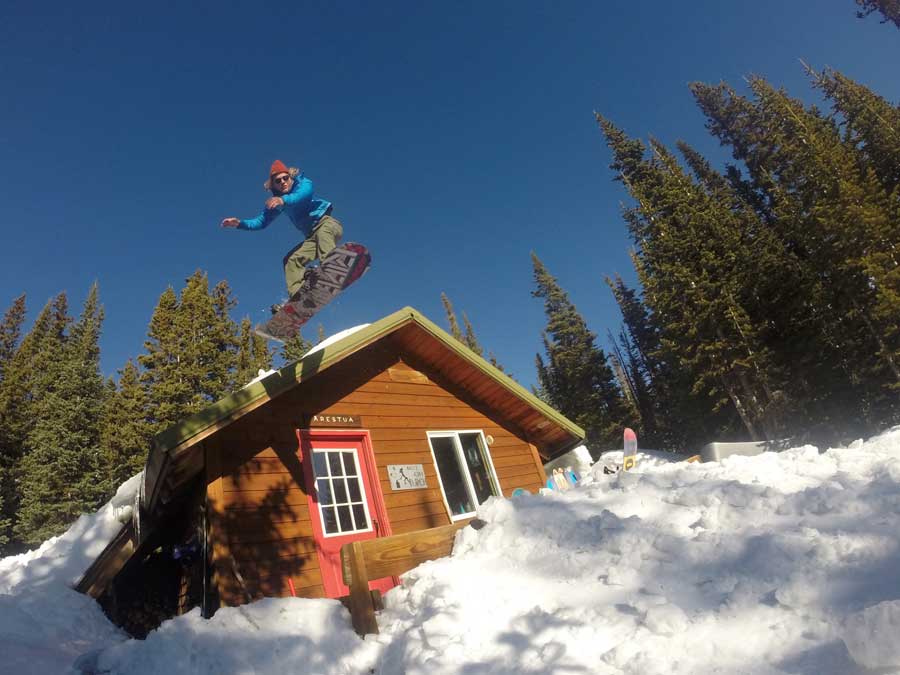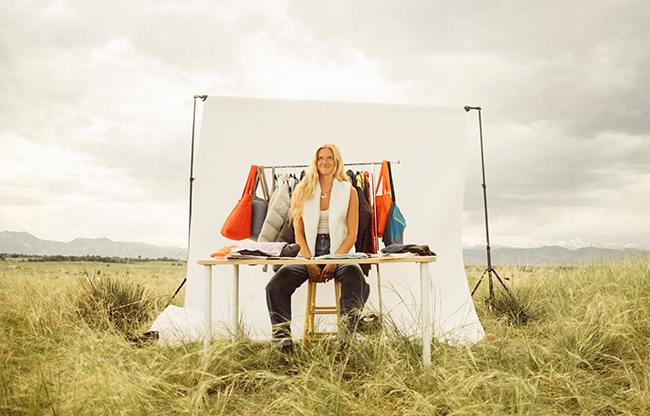Stories in Stone at CU’s Museum of Natural History
04 Dec 2015
Mysterious cache of prehistoric tools is ‘stunning, beautiful stuff’
By Ruthanne Johnson If you didn’t know better, you’d think you were standing in front of some amazing sculpture in St. Peter’s Basilica or the Louvre. A white backdrop and the light-blue coloring on the walls of CU’s Museum of Natural History draw your eye to a series of delicately flaked stones, many of which are attached to vertical rods so they look as if they’re floating. Some are shaped like arrows. Others are round and flat, resembling rudimentary skinning knives. Soft spotlights highlight each depression, chisel mark and sharp edge."Every archaeological find is a small miracle. What are the chances that people today will dig where people long ago deposited their things? Rare! And the older the site, the less likely its discovery. This makes the Mahaffy Cache find truly extraordinary." —CU professor Doug BamforthYou realize as you’re standing there that some ancient craftsman worked deftly, diligently to create these hunting and butchering tools for animals long gone from the Boulder Valley. The 83 artifacts on exhibit at the museum were found in the spring of 2008 by landscapers moving dirt to make room for a koi pond in the backyard of Boulder resident Patrick Mahaffy. One of their shovels hit something that sounded different from the surrounding soil and rock, and when one of the workers carefully scooped away the soil, there was this cache of uniquely chiseled stones packed together in a pit 3 feet square. Mahaffy knew as soon as he saw the stones they were something special, and contacted CU’s department of archaeology.
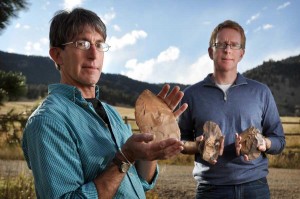
The Work of a Master?
The cache provides evidence that these early people, ancestors of today’s Native Americans, preyed upon a wider variety of animals than previously thought. And the locations of the stone used to make the tools—the Uinta Mountains in northeastern Utah, the Yampa River Valley and Sand Wash Basin near Craig, and up into Middle Park—demonstrates a clear path across Colorado. And they probably did it fairly quickly, Bamforth says. “As you use a stone tool, it gets dull and you have to reflake the edges and it gets smaller and smaller and changes shape. The user eventually throws it away when it’s no longer good enough to use.”‘Archaeology is stones and bones. Study and imagination give it meaning, and shed light on human life of the past.’ —CU professor Doug BamforthThe cache also shows knowledge of the area. The softer, flakeable rocks were systematically gathered from known locations and then cached where they could be found. The Boulder cache was buried near the bank of Gregory Creek, which flows from behind the northernmost Flatiron. “All you would have to do is go to that place and follow the creek down to whatever landmark was there at the end of the Ice Age. It’s a findable, describable place, and that helps to explain the whole idea of cacheing it.” As far as what happened to those who buried the cache, there’s simply no way to know, Bamforth says. “They might not have needed it. Maybe they forgot. They could have died or moved on to a different place.” The exhibit offers visitors information about the cache and Clovis peoples. But museum staff also wanted to tap into the intrinsic beauty of the tools and what local residents would be interested in learning about them. Working with a consultant, they conducted a survey before building the display in-house.
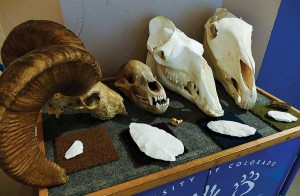
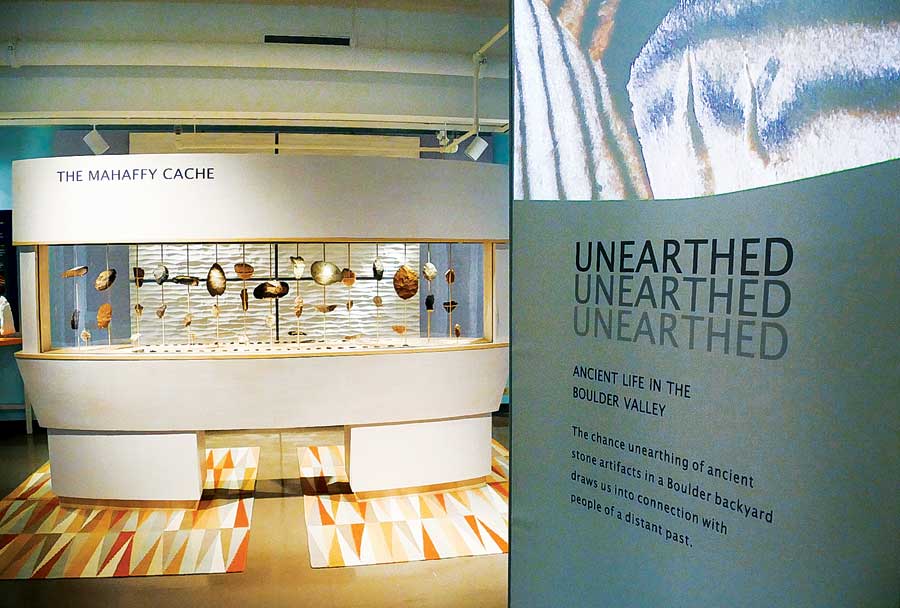
CU Museum of Natural History has risen sharply since the unique Mahaffy Cache went on display. “I have been to much larger natural history museums and seen many Clovis artifacts,” one visitor wrote, “but nowhere have I seen an exhibit on a scale where it was possible to so fully comprehend its significance or feel closer to the person or people who crafted them.” (photo courtesy of CU Museum of Natural History)
On Exhibit The Mahaffy Cache will be on exhibit through October 2016 at the University of Colorado Museum of Natural History, located in the Henderson Building at 15th Street and Broadway. Admission is free. For more information visit www.cumuseum.colorado.edu or call 303-492-6892.
Ruthanne Johnson contributes regularly to Brock Media publications. She is a staff writer for the Humane Society of the United States and is passionate about saving animals.


